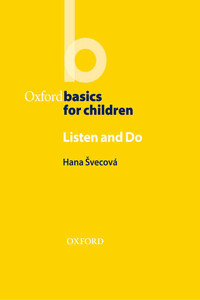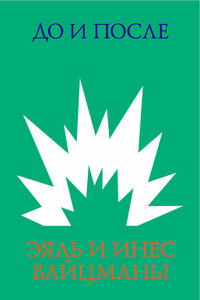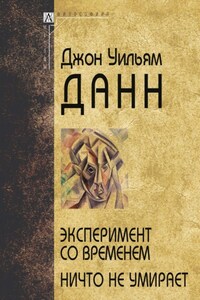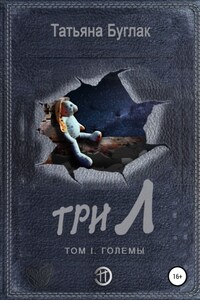Oxford Basics series
Presenting New Language
Simple Listening Activities
Simple Writing Activities
Simple Reading Activities
Simple Speaking Activities
Classroom English
Intercultural Activities
Teaching Grammar
See the Oxford University Press ELT website at http://www.oup.com/elt for further detailshttp://www.oup.com/elt for further details.
Great Clarendon Street, Oxford OX2 6DP
Oxford University Press is a department of the University of Oxford.
It furthers the University’s objective of excellence in research, scholarship, and education by publishing worldwide in
Oxford New York
Auckland Cape Town Dar es Salaam Hong Kong Karachi
Kuala Lumpur Madrid Melbourne Mexico City Nairobi
New Delhi Shanghai Taipei Toronto
With offices in
Argentina Austria Brazil Chile Czech Republic France Greece
Guatemala Hungary Italy Japan Poland Portugal Singapore
South Korea Switzerland Thailand Turkey Ukraine Vietnam
OXFORD and OXFORD ENGLISH are registered trade marks of
Oxford University Press in the UK and in certain other countries
© Oxford University Press 2003
The moral rights of the author have been asserted
Database right Oxford University Press (maker)
First published 2003
2009 2008
10 9 8 7 6 5 4 3
All rights reserved. No part of this publication may be reproduced, stored in a retrieval system, or transmitted, in any form or by any means, without the prior permission in writing of Oxford University Press (with the sole exception of photocopying carried out under the conditions stated in the paragraph headed ‘Photocopying’), or as expressly permitted by law, or under terms agreed with the appropriate reprographics rights organization. Enquiries concerning reproduction outside the scope of the above should be sent to the ELT Rights Department, Oxford University Press, at the address above
You must not circulate this book in any other binding or cover and you must impose this same condition on any acquirer
Photocopying
The Publisher grants permission for the photocopying of those pages marked ‘photocopiable’ according to the following conditions. Individual purchasers may make copies for their own use or for use by classes that they teach. School purchasers may make copies for use by staff and students, but this permission does not extend to additional schools or branches Under no circumstances may any part of this book be photocopied for resale
Any websites referred to in this publication are in the public domain and their addresses are provided by Oxford University Press for information only. Oxford University Press disclaims any responsibility for the content
ISBN-13: 978 0 19 442188 1
Printed in China
When I became a teacher, I was convinced that the concept of cross-curricular links was invented to make a teacher’s job miserable. I had the impression that cross-curricular teaching had very little relevance to what I was supposed to teach. I was sure there was no time for it in the packed syllabus and thought I was not qualified enough to work with cross-curricular topics. I was only an English teacher whose knowledge of other subjects was rather limited. Over the years, however, I began to realize that I did not have to be a scientific expert and that using cross-curricular topics made my lessons practical and motivating. What I thought was a burden proved to be a very good means of showing my learners that language is a great tool that enables us to exchange knowledge and opinions about the real world.
The benefits of cross-curricular activities
How can your learners benefit from cross-curricular activities? Cross-curricular activities:
give learners a sense of how English and cross-curricular subjects fit together. They see how the knowledge and skills they have learned can be applied to English.
encourage learners to work with topics so that they begin to see English as a means of communication and learning, not just a set of rules and list of words.
motivate learners to explore topics, either themselves or with their classmates, or with their teacher – in English.
give learners the opportunity to revise and consolidate their ability to use structures and vocabulary they have already studied.
can help increase learners’ self-confidence by giving them a chance to talk about what they have already learned or know from experience.
offer learners meaningful topics to talk about. A choice of interesting and relevant cross-curricular topics can help prevent the situation in which your learners understand, for example, how to use a structure, but they do not use it because they are short of ideas and do not know what to say. Cross-curricular topics make the content clear and specific.
help learners to see the relationship between the school curriculum and their real-life experiences.
help learners to think and solve problems, speak to each other in pairs or groups, and develop communication and presentation skills.
The units
The book contains 30 activity-based lesson plans ready for teachers to use. The units work with topics selected from science, mathematics, biology, geography, history, drama, art, music, and literature, which are relevant to the learners’ real-life experiences.









